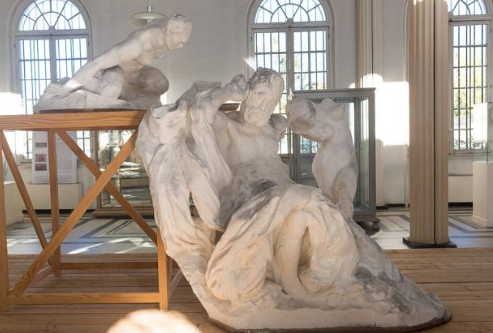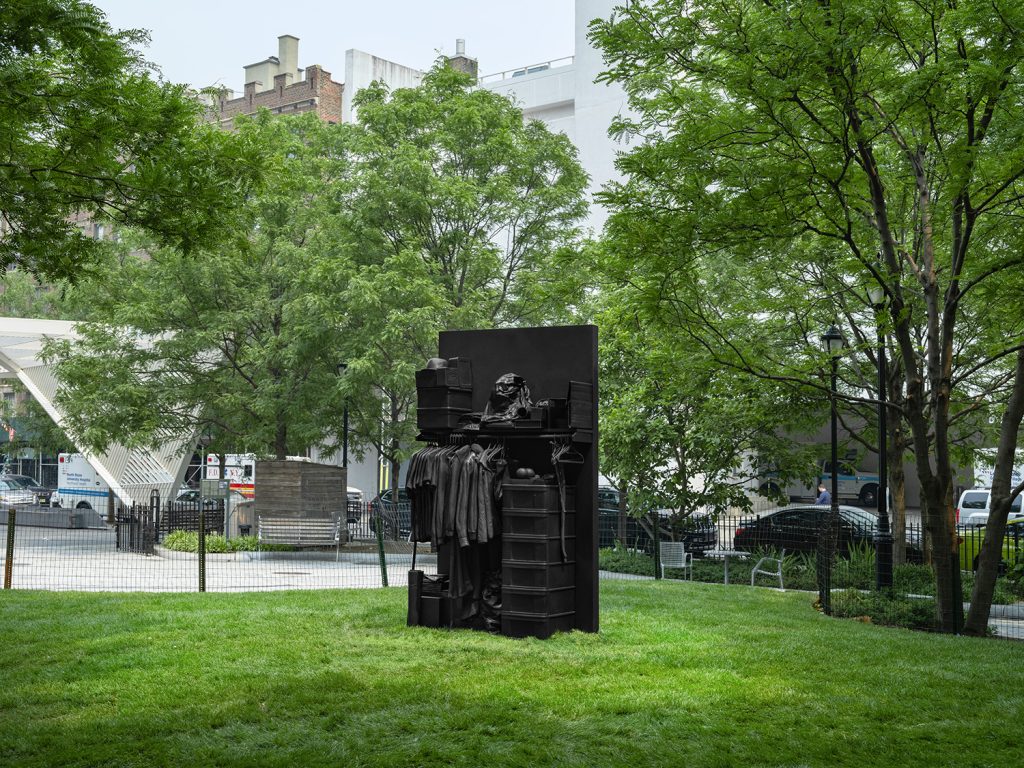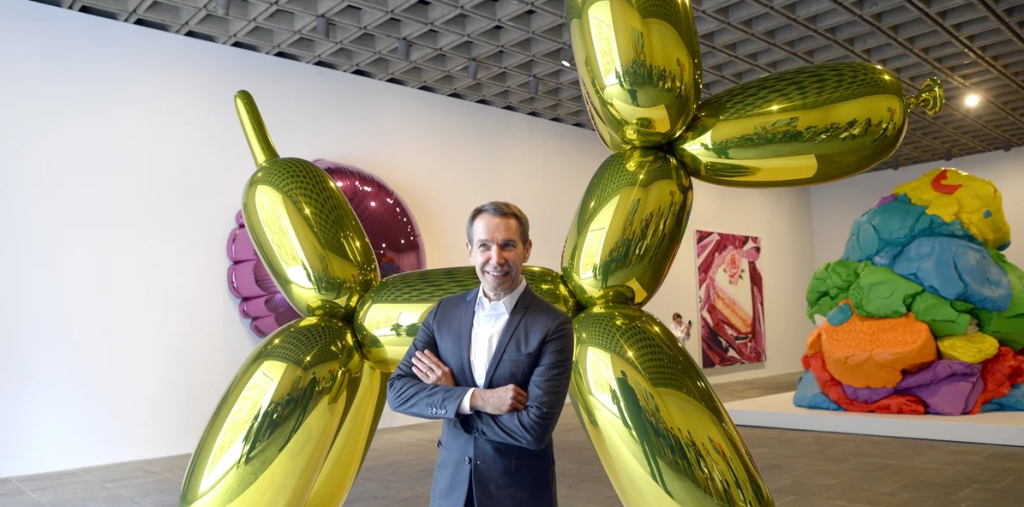Victor Hugo: The Muse Behind Rodin’s Masterpiece
Victor Hugo, one of France’s most celebrated writers, left an indelible mark on literature and the arts. His tumultuous life and rich imagination inspired countless works, including a magnificent sculpture by the renowned artist Auguste Rodin. This blog post explores the connection between Hugo and Rodin, shedding light on how this icon of literature became a lasting muse in the realm of sculpture.
The Literary Legacy of Victor Hugo
Victor Hugo is best known for his timeless novels “Les Misérables” and “The Hunchback of Notre-Dame.” His themes of love, justice, and the human condition resonate deeply, evoking passion and empathy from readers around the world. Beyond literature, Hugo was a formidable presence in the political landscape of his time, influencing social change through his writings. His ability to convey the complexities of human emotions and societal issues makes him a pivotal figure in French history and literature, setting the stage for his influence on future artists.
Rodin’s Tribute to Hugo
Auguste Rodin, considered the father of modern sculpture, once described Victor Hugo as “the poet of the poets.” Inspired by Hugo’s work and passion, Rodin crafted a striking sculpture titled “The Mask of Victor Hugo.” This piece, created in 1881, depicts a contemplative Hugo with intricate details that capture his introspective nature. Rodin’s mastery of texture and form allows the viewer to sense the depth of Hugo’s character and the weight of his thoughts. The sculpture serves not only as a tribute but also as a bridge between literature and visual art, celebrating Hugo’s enduring legacy.
The Enduring Connection
The relationship between Hugo and Rodin transcends mere homage. By immortalizing Hugo in sculptural form, Rodin invites viewers to engage with the essence of Hugo’s literary genius in a new way. Hugo’s writings often explored the struggles and triumphs of humanity, themes that resonate powerfully in Rodin’s work. This connection emphasizes the profound impact that literature can have on the visual arts, urging us to appreciate the ways in which different artistic mediums can inform and enhance one another. The sculpture stands as a testament to how interconnected creativity can be, allowing us to experience Hugo’s spirit long after his time.
In conclusion, Victor Hugo’s influence on the arts, particularly through Rodin’s remarkable sculpture, demonstrates the timeless nature of creativity. Whether through the written word or sculpted form, Hugo’s legacy continues to inspire and provoke thought. For anyone interested in the rich tapestry of culture and art, exploring these connections further is a journey worth taking. Dive deeper into Hugo’s life and works or discover more about Rodin’s masterpieces to appreciate how these two great artists shaped the world around them.


